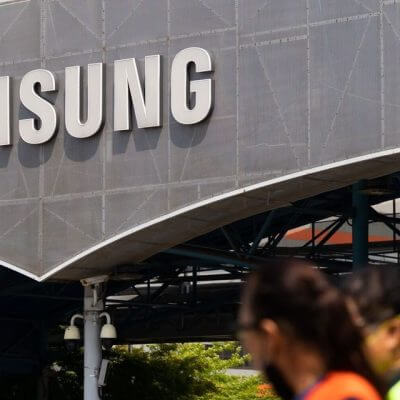Craig DeWitt is a co-founder of Supermojo
The United States domestic payment infrastructure has historically lagged behind peer countries. The lack of an instant 24/7 payment rail with basic features like confirmations of success led to the growth of billion dollar payment companies building applications that masked the underlying antiquated payment systems used to move trillions annually. Finally a cheap, instant, and highly available domestic payment rail is coming to the USA and businesses will have to adapt to remain competitive.
Recently, the Federal Reserve introduced FedNow, a new layer of payment infrastructure that allows instant transfers between banks and other financial institutions in the United States. This is a major step forward from existing infrastructure that can take days for money to arrive. FedNow will be available 24 hours a day, 7 days a week, and 365 days a year. This means that payments can be outside of normal business hours or “settlement windows” that historically have dictated when funds will arrive.
What this means for US businesses
Until recently, in the United States you could watch a NASA rover on Mars in real time, but not have any way of knowing if your domestic money transfer was successful. When not using one of the large payment apps that have stepped in to fill the current infrastructure void, it’s common for senders to call receivers and ask, “Did the money arrive?”
The FedNow service solves this problem by notifying senders and receivers when funds have successfully arrived. It may sound basic (Mexico’s domestic payment rail SPEI has offered confirmation notifications since 2004), but the notification of a successful payment is not a feature for most US payments today and will be a major step forward.
Advancements for Payment Models
This new infrastructure should drive a round of innovation and competition in payments. FedNow offers significant improvements that will allow companies to build better user experiences than previously possible. In fact, to stay relevant, companies will have to expand their product offerings.
1. Mobile First Payments: Mobile payments are not new, but they are becoming more popular as technology advances and user experiences improve. Mobile payments are simply a type of payment made from a mobile device, like a smartphone. Widespread accessibility of technology native to increasingly powerful smartphones, like AR, and new technologies like AI open up lots of mobile first payment experiences that haven’t been previously possible. Pairing consumer experiences with the new instant and responsive payment rail can differentiate any existing payment offering.
2. Stablecoins: Stablecoins are digital assets pegged to the value of an underlying currency. Stablecoins are unique because they don’t require any intermediaries to facilitate a transfer. These assets are instant and always available. Stablecoins can be held directly by the user in any wallet supporting the specific blockchain technology.
Offering stablecoins as a form of value for both holding and payment allows businesses to give their customers the option to completely avoid existing intermediaries, which usually means cheaper and faster transactions. Stablecoins allows users to exercise control over their funds and give developers a much wider aperture for experimenting with use cases and experiences around the world due to the open nature of blockchain.
3. Cryptocurrencies: Cryptocurrencies are digital assets that, unlike Stablecoins, aren’t pegged to an asset and can see fluctuations. For non-speculative use cases, that fluctuation can be a negative, however today products exist that allow for instant buying/transferring/selling of cryptocurrencies that facilitate a traditional money transfer with little price volatility and large cost savings. Cryptocurrencies offer several advantages over traditional payment methods, including instant settlement, low transaction fees depending on the asset, as well as censorship resistance and zero banking failure risk. Cryptocurrencies as a payment method are particularly useful for international payments, where traditional payment methods are slow and expensive.
About the author
Craig DeWitt is a co-founder of Supermojo, an NFT payment solution, and leads all Product and Engineering efforts. Prior to Supermojo, Craig was Product Director at Ripple, where he started the RippleNet payments business in 2015 and grew that product into the world’s first and largest cryptocurrency payment network for financial institutions. Craig has built wallet and custody experiences, enterprise payment protocols, and established rulesets powering billions of dollars in annual volume. While at Ripple, Craig was the Vice Chair on the Faster Payment Council payments working group, where he worked on faster payment steering. Before Ripple, Craig earned an MBA from Stanford and worked on financial technology at Bloomberg.
The views and opinions expressed herein are the views and opinions of the author and do not necessarily reflect those of Nasdaq, Inc.





